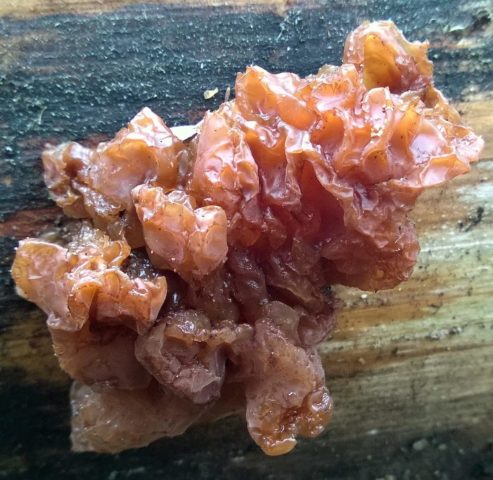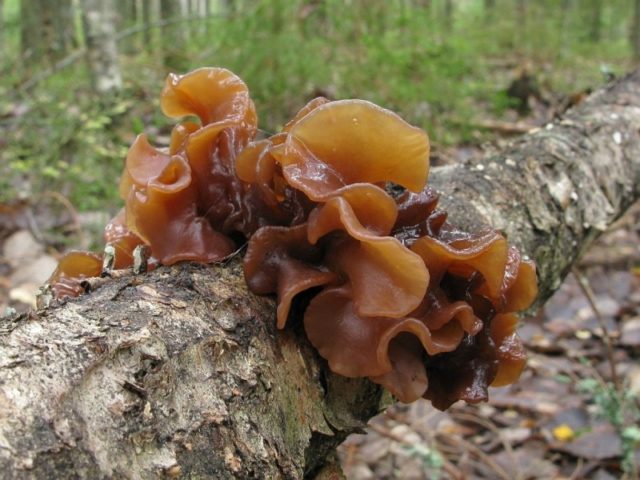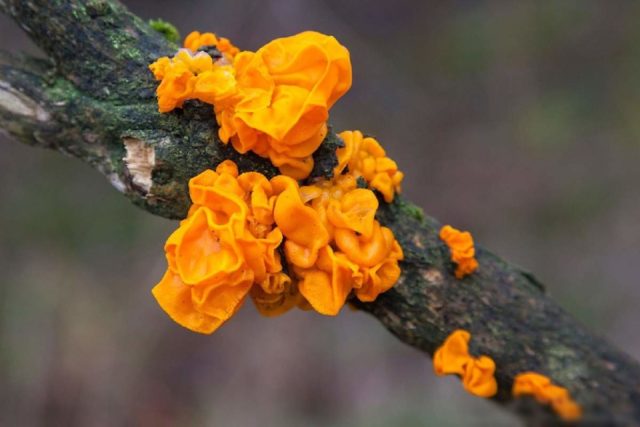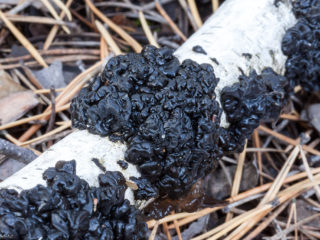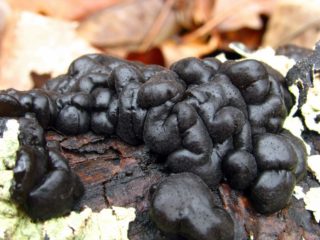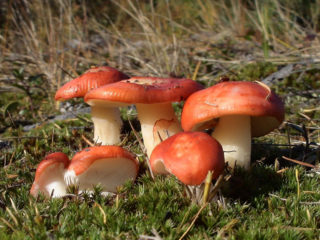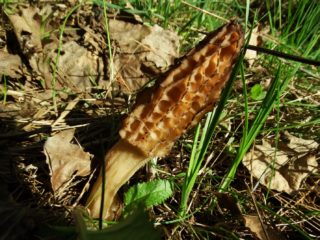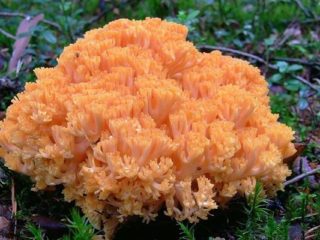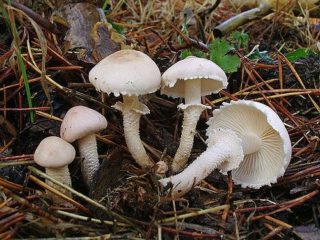Content
Exidia sugar is an inedible species of the Exidia family. Grows dry, in temperate regions. In coniferous forests, it can be found from early spring to the first frost.
What does Exidia sugar look like?
Young specimens look like small resinous droplets, which grow as they grow up and take on an irregular angular shape. The wrinkled surface is shiny, amber, light brown or caramel in color.
In older representatives, the fruit body darkens and becomes dark brown or black. The pulp is dense, jelly-like, can withstand temperatures down to -5 ° C. During the thaw, recovery occurs and growth and development continues.
The spore-bearing layer is located over the entire surface, and during fruiting, the mushroom takes on a dusty appearance. Reproduction occurs in microscopic, whitish spores.
Is the mushroom edible or not
Due to the tough pulp and lack of taste and smell, this representative of the gifts of the forest is not used in cooking, it is considered inedible.
Where and how it grows
Exidia sugar prefers to grow on dry coniferous wood. The species is widespread in regions with a temperate climate; it begins its life path from early spring to late autumn. The fruiting body is not afraid of minor frosts; after warming, it thaws and continues to grow and develop.
Doubles and their differences
Exidia sugar, like all inhabitants of the forest kingdom, has twins. These include:
- Leafy shiver - an inedible specimen, reaches 20 cm or more. The surface is smooth, shiny, colored brown or dark orange, as it matures, the color darkens and can turn dark brown or black. The gelatinous pulp is elastic and dense, has no taste or smell.
- Orange - the surface is smooth, shiny, covered with watery blades of bright orange color. The pulp is jelly-like, dense, odorless and tasteless. Grows from August to late October on dry deciduous wood. In European countries, this specimen is eaten, but for Russian mushroom pickers the species is unknown and has no great value.
Conclusion
Sugar exidia is an inedible species that prefers to grow on dry coniferous wood. The fungus begins to grow and develop from early spring and continues until late autumn. Due to its beautiful color and unusual shape, it is interesting for collectors.
